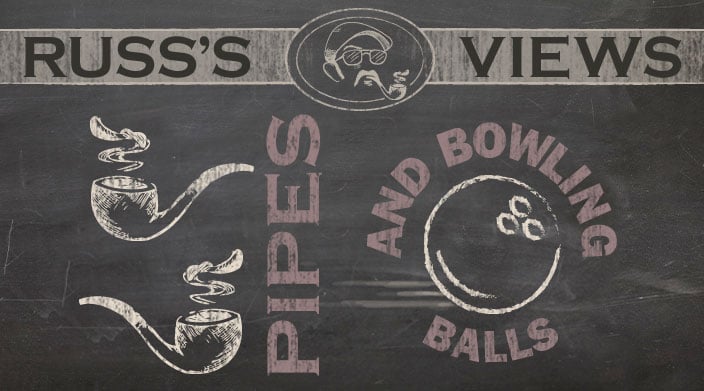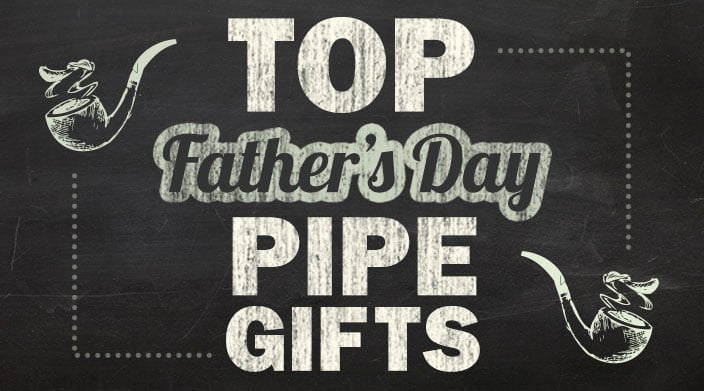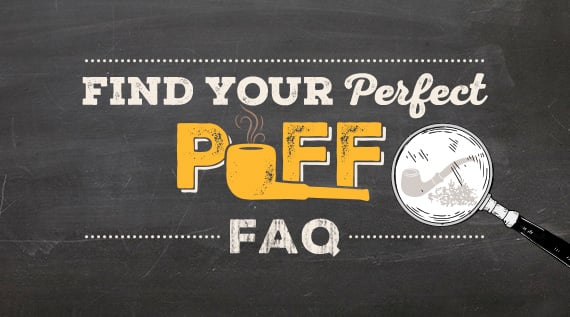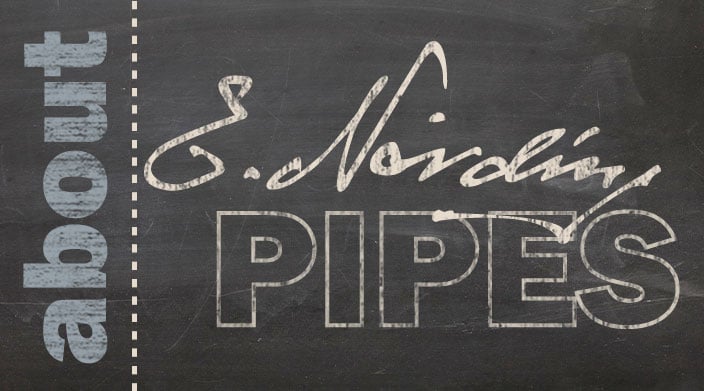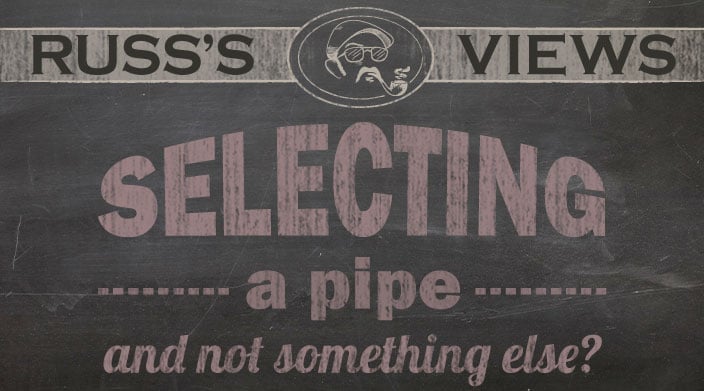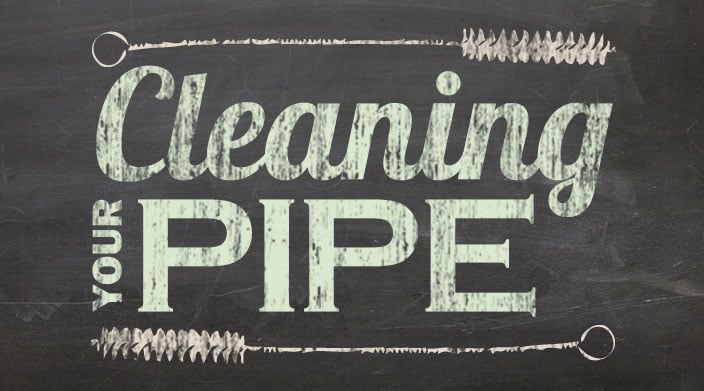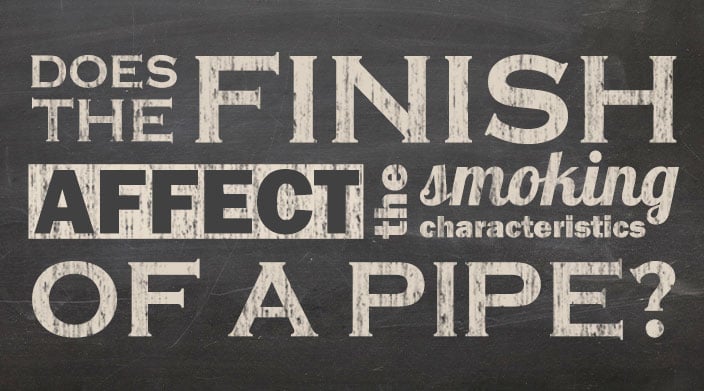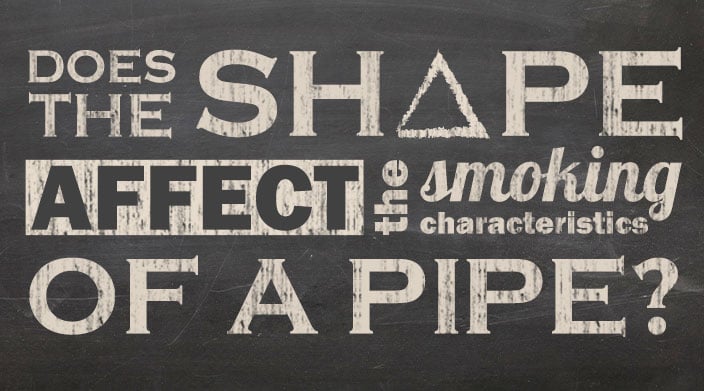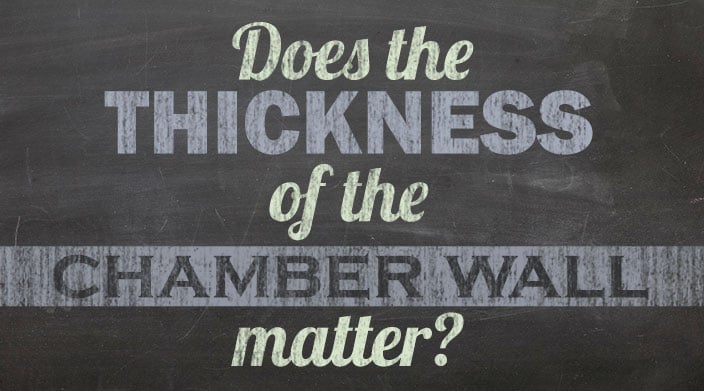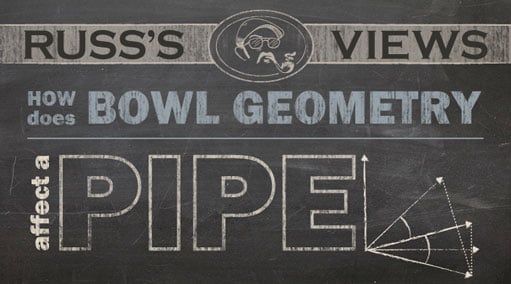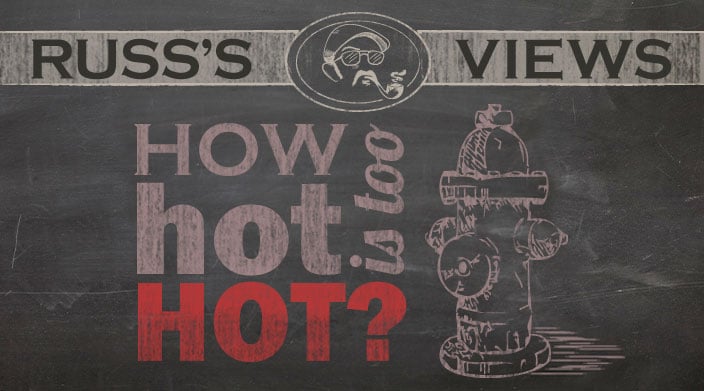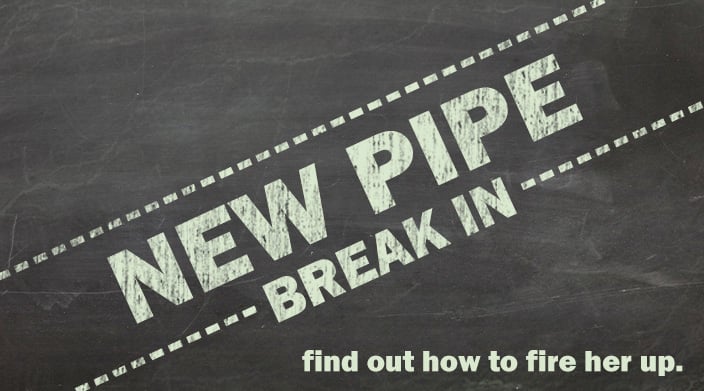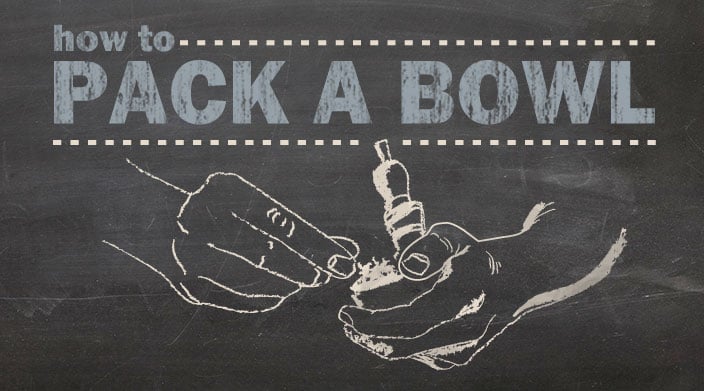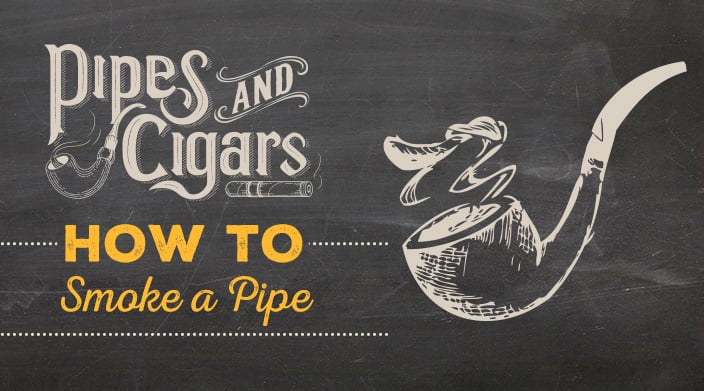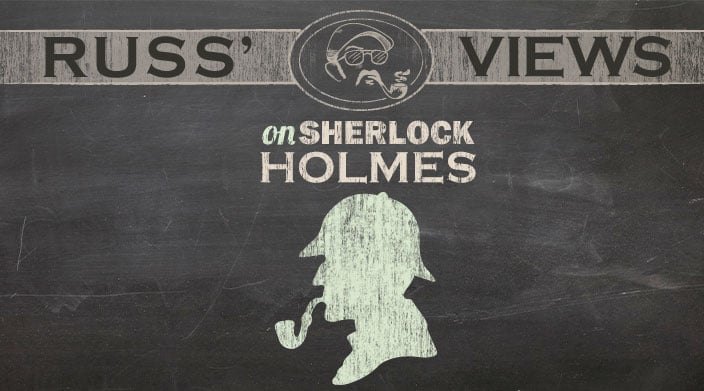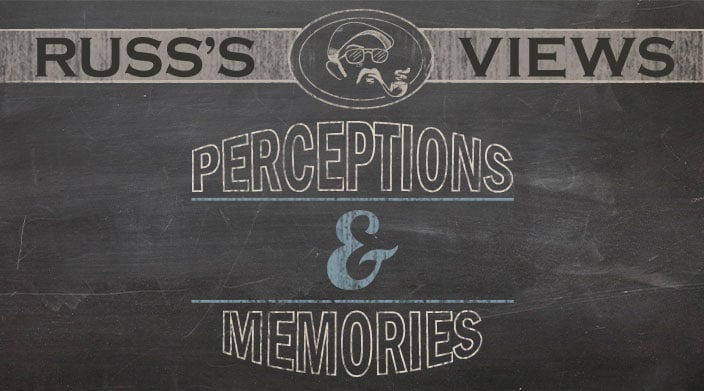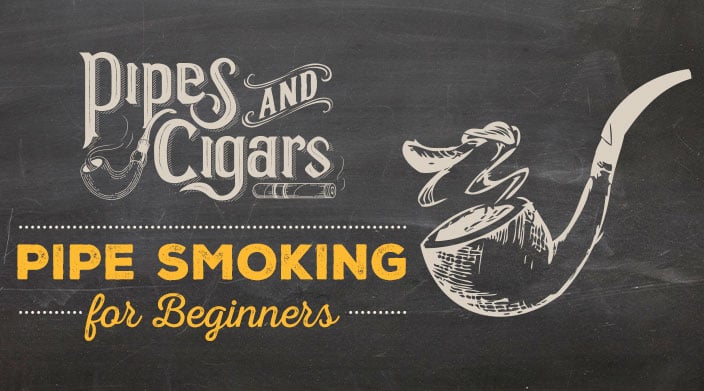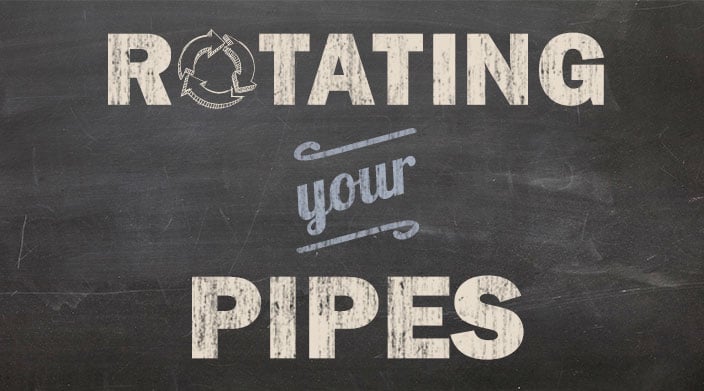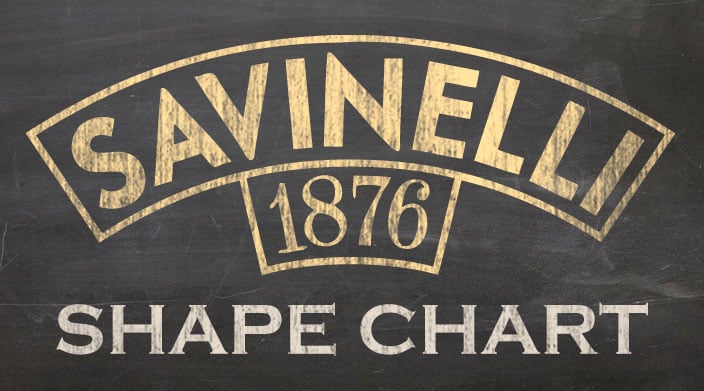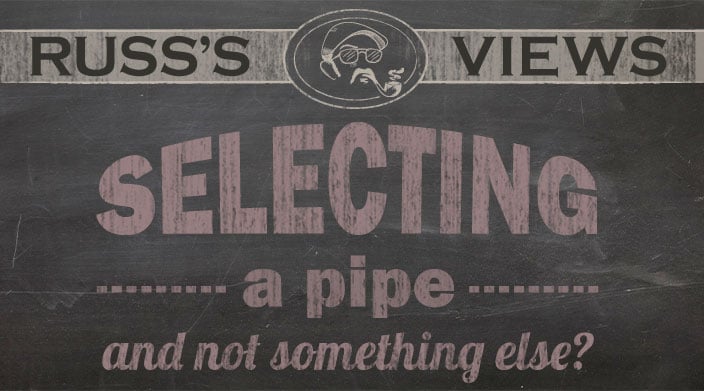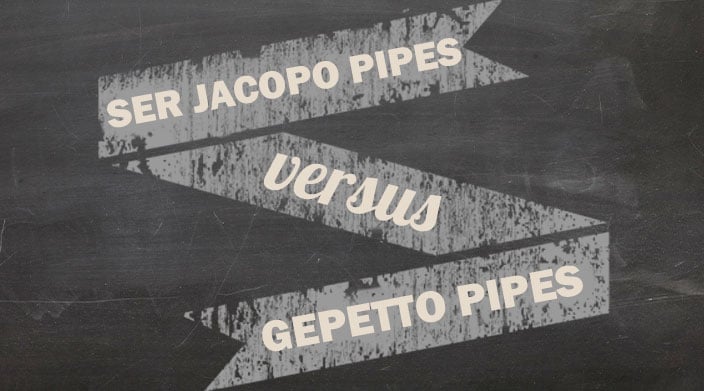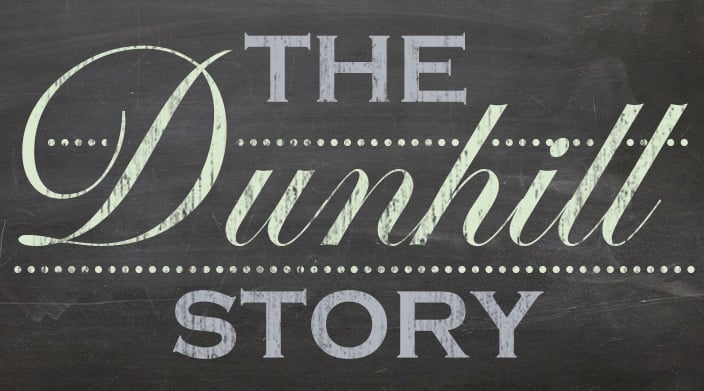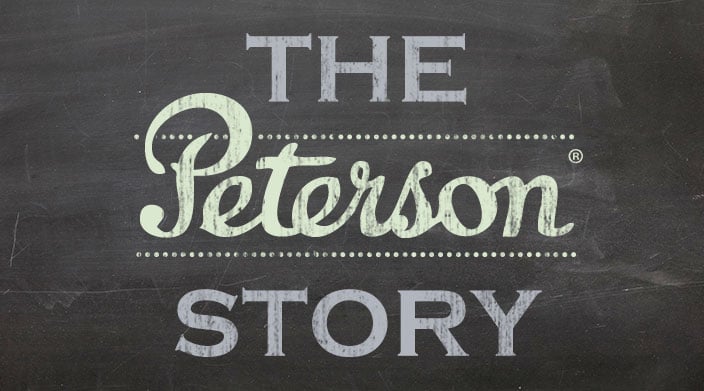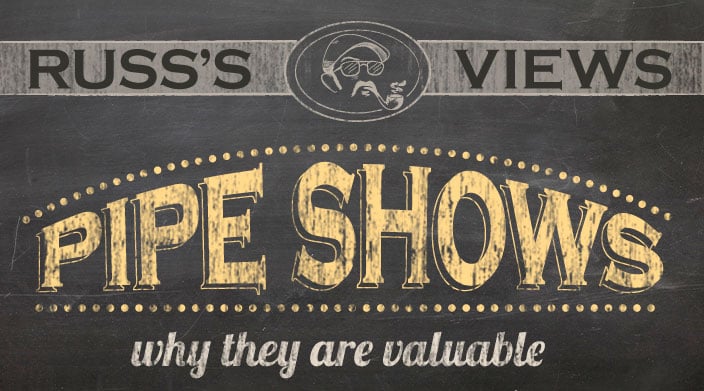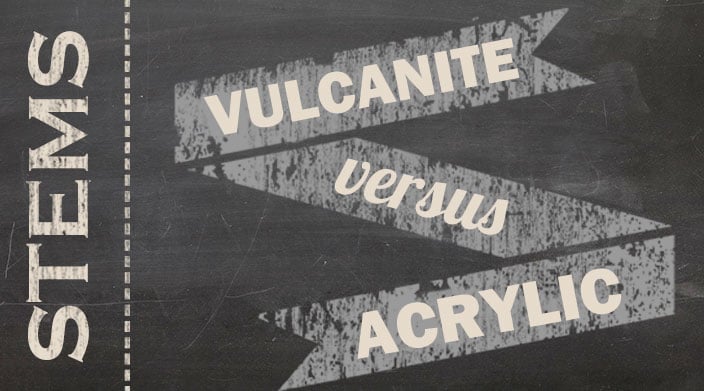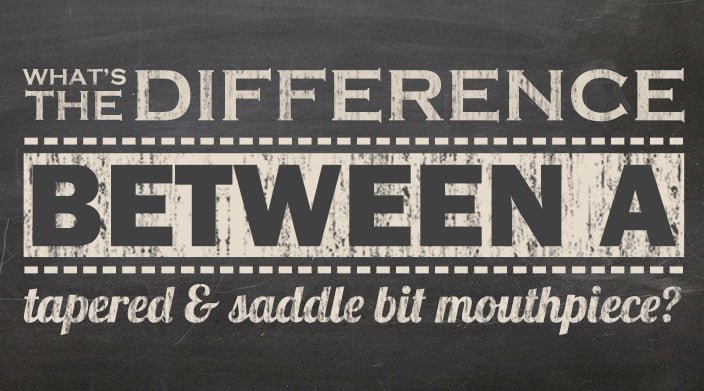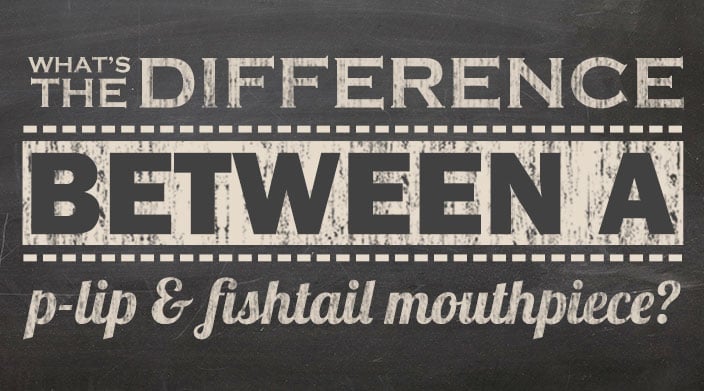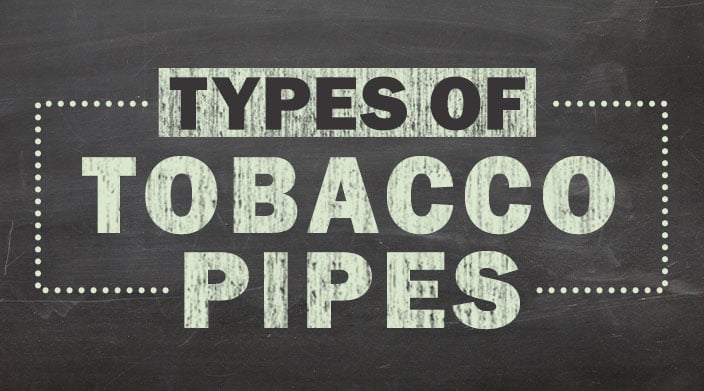On the surface, pipes and bowling balls go together like rabbits and baseballs, monster trucks and Chardonnay or donuts and tuxedos. But since I’ve got a fair amount of experience with both, there are some connections that one might not easily see.
Most pipe smokers start by walking into a store, buying an inexpensive pipe and a pouch of tobacco and they’re off to the races. Similarly, most people who go bowling every so often will walk in, rent shoes and just take their best shot. In both cases, the people giving these activities a try would benefit from some input by someone who has helpful knowledge. Instead of buying your pipe and tobacco from a drugstore, go to a tobacconist who can help you select the right kind of pipe and tobacco and to show you how to properly pack, light and tamp your tobacco. The reason so many folks have quit smoking a pipe is because they had a bad experience due to flying by the seat of their pants. The same thing is true for bowling. The typical casual bowler remains a casual bowler because they use an ill-fitting house ball and have no idea how to coordinate their movements to deliver the ball accurately so they score poorly, find it somewhat amusing and continue to bowl infrequently because they don’t do well.
In years past, the way a pipe was drilled had more to do with convention than anything else. If you spoke to a pipe maker from 30, 50 or 70 years ago and asked why they used the drill sizes and techniques that they did, they would probably tell you that it was because that’s what they were taught to do by carvers who had been doing it that way for their whole career. Today, innovative pipemakers are experimenting with different drill sizes and methods to make pipes that smoke easier, drier, cooler and better overall than many of the old brands.
For decades bowling pro shops drilled a custom ball by measuring the bowler’s hand for the distance from the thumb to the finger holes, and then they would measure the fingers and thumb and drill the holes one size bigger. This led to squeezing the ball and a lot of blisters. The smell that many people used to associate with a bowling center was a foul concoction called court plaster. It was a liquid lacquer with an alcohol base that you would apply to the area where a blister had just torn off so you could continue to bowl, and it stung like being rejected for a prom date. By the eighties, new and more scientific and ergonomically oriented drilling and fitting methods had come along making the release of the ball easier, more accurate and pretty much pain and injury free. In a past life (and still, occasionally today) I’ve drilled thousands of bowling balls and people used to be amazed at how much better bowling balls fit than back in the dark ages.
The way things are done nowadays is to measure the narrowest part of the finger (nail to pad) and to drill the hole too small and then to use grinding tools to make an oval hole that perfectly fits the finger and the angles and distances are very precise as well. The result is a ball that uses a minimum of grip pressure to maintain control, which, in turn makes the ball feel lighter, and allows the release point to be more consistent.
If you’ve ever been fortunate enough to have a pipe made for you, you know that the pipemaker will take into consideration things like: saddle bit versus tapered, size of the chamber (usually based upon the kind of tobacco the pipe will be used for), stem material, weight, length, shape and more. Even if the pipe isn’t made specifically for you, you can look at thousands to different pre-made pipes to find the combination that works for your needs. Few things that people use are more personal than these two items. I could identify blindfolded. After about a dozen bowls of tobacco in a pipe, I could probably do the same thing. And today, most serious bowlers have different balls for different lane conditions- one that hook a lot or very little, ones for heavy oil or for dry lanes, ones that hook early and others that hook late. Pipe smokers have pipes for certain tobaccos, for smoking outdoors, for smoking while sitting in the recliner and some that are suited to a particular mood. There’s even a bit of a parallel in prices. You can get a ball for around $40 (but it will be at the lower end of the performance spectrum), and you can pay over $200 for the latest and greatest. Except for the pipes made by individual artisans or the legendary companies, pipes tend to fall in the same general price range.
I just got back from the West Coast Pipe Show and one of the great young American pipemakers, Todd Johnson, was showing us a dual chamber pipe he made. We talked about smoking two different blends in the two chambers and how he made the pipe to allow that to work. My twisted mind looked at the pipe and I suggested that we try the same thing with a bowling ball- run draft holes from the finger holes into the thumb, pack some tobacco in the fingerholes and draw through the thumbhole. Outside the fact that smoldering plastic is one of my least favorite smells, I might try it for giggles.
To some degree, these parallels are a bit of a stretch, but when you live and breathe these things for a chunk of your life, you begin to compare them, and it can be enlightening to look at totally unrelated things for their similarities rather than their differences. I really enjoy both livelihoods, and the only thing that ruins it for me is that I can’t smoke my damned pipe in a bowling center anymore.




